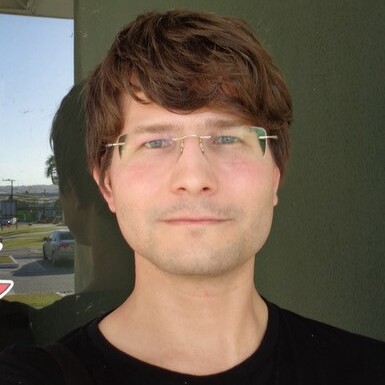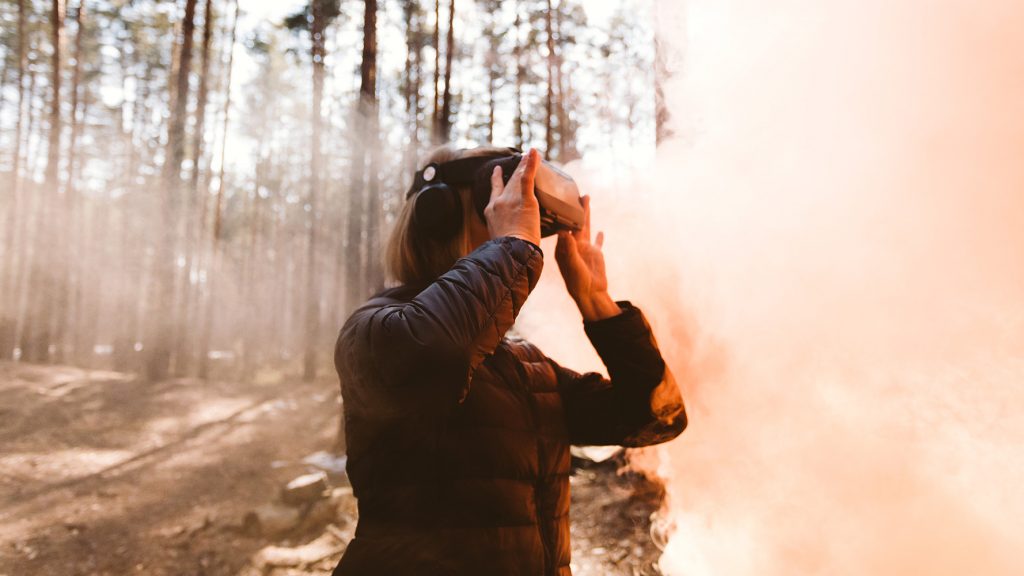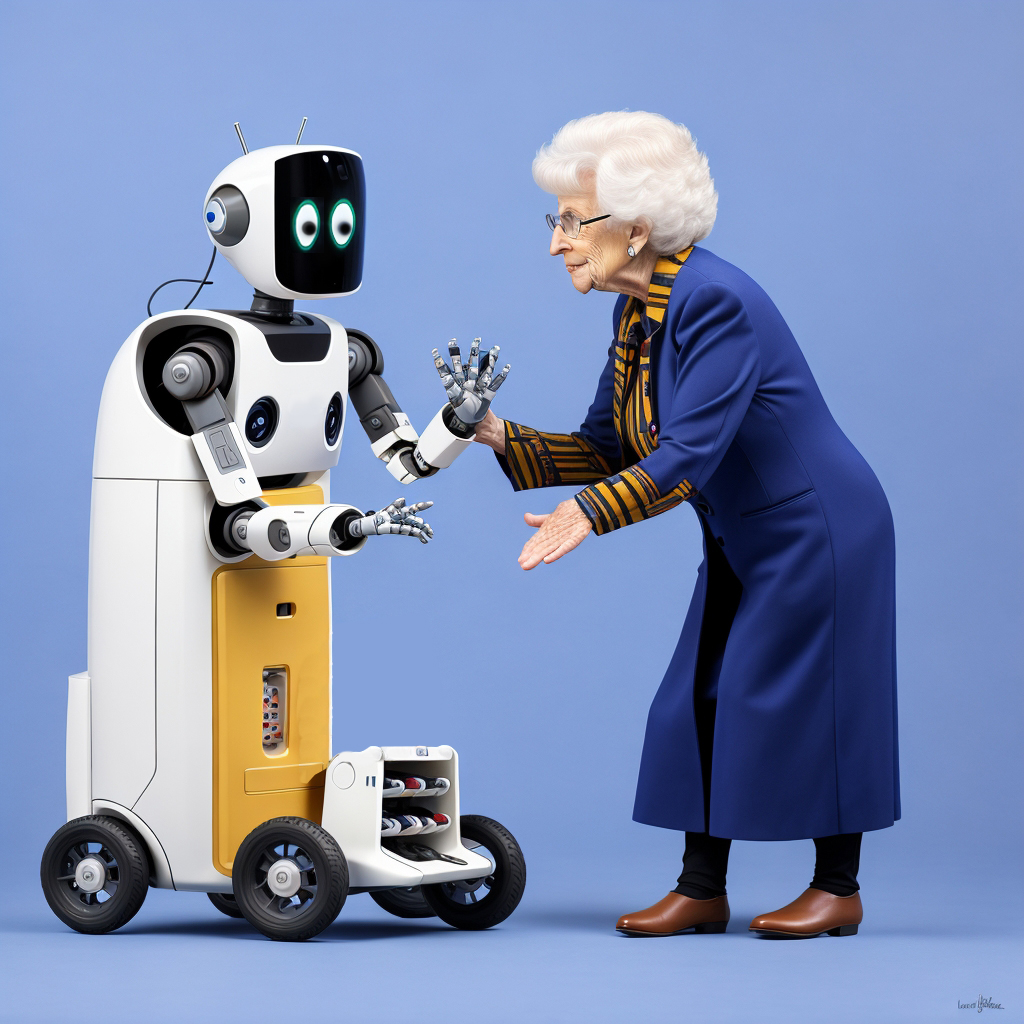S+T+ARTS in the City | Artists-in-Residence | Samuel van Ransbeeck
+ Challenge
Driving Agricultural Sustainability: Empowering Smallholder Farmers with Digital Transformation
+ Problem Statement
How might we contribute to a more sustainable agriculture through digital transformation and a greater collaboration between smallholder farmers?
+ Keywords
Agriculture, Sustainability, IoT Technology, AI, Efficiency, Collaboration, Farmers
+ Description
Applicants are invited to collaborate with researchers of the Lusíada University (UL-VNF), localized in the municipality Vila Nova de Famalicão, in the North of Portugal, and together explore Artificial Intelligence (AI) / Internet of Things (IoT) technologies and ways to stimulate collaboration between small and medium-sized agricultural producers.
In an increasingly competitive and uncertain world, access to IoT technologies and real-time monitoring systems of the conditions surrounding a given process are becoming key to achieve more efficient, competitive and sustainable processes. At UL-VNF, researchers have explored and developed IoT technology that allows the monitoring of the type of soil, the type of cultivation and data referring to air and soil quality. Normally, georeferencing systems refer data to large areas of land. In this context, given the characteristics of the land distribution in the North of Portugal (often very fragmented between smallholder farmers), there is a need to map rural agricultural areas and to stimulate the collaboration between small and medium-sized agricultural producers to exploit this technology and take the maximum advantage of it.
Collaboration between farmers is essential, as the sharing of knowledge allows the collection of relevant and accurate information to feed the monitoring systems. As a result, this will allow the gathering of reliable analyses of the soil and air conditions to be shared with farmers, who will, then, be capable of taking more informed decisions on the type of products to be explored in their lands. Simultaneously, by collaborating and having access to enhanced information, farmers will be able to have a stronger “voice” in the society and markets.
+ Artist

Samuel van Ransbeeck is a sound artist and researcher. His main interests are sonification and digital humanities. His work is interdisciplinary and collaborative, always looking for new ways of expression. He obtained his PhD in science and technology of the arts at the catholic University of Portugal and developed DataScapR, a toolbox to listen to the stock markets. He has worked at several Universities and research institution around the world like the University of Manchester, The Getúlio Vargas Foundation, INESC, and more in art-science projects, Brazilian art. and sustainable aquaculture. He has been the recipient of several large grants for art and research projects such as the Mediafutures.eu programme to develop Mumidis in collaboration with uTrigg, as well as a Brazilian government grant for talented researchers, and his PhD grant from the Portuguese Foundation for Science and Technology.
+ Residence Project: FarmSonics: Harvesting Insights through Real-Time Data-Driven Music
FarmSonics (Quintas Sonoras) is an innovative arts-science project that aims to bridge the gap between the realms of art, science, and agriculture. By using IoT data from farms, Samuel van Ransbeeck wants to create a novel way of monitoring and understanding agricultural systems through sonification which is the process of translating data into sound. The core idea is to transform real-time farm data into dynamic and evolving musical compositions, or “soundscapes,” where each sonic element corresponds to specific data inputs. This auditory representation will not only provide farmers with an intuitive and immediate way of detecting anomalies but also contribute to a collective platform for knowledge sharing and decision-making in agriculture.
The project will be developed in collaboration with the academic and agricultural stakeholders in an iterative prototyping approach, taking all stakeholders on a multiway knowledge exchange.
+ Video Statement
+ Jury Testimonial
“The artist has a strong background, both as an artist and as a researcher. The proposal is innovative, has a strong tech component and presents a relevant artistic case. It is well presented and in line with the call. The proposed project can use diversified sources of data and be applied to different contexts, strengthening its flexibility and its potential for exploitation and impact at different levels.”


